
HTML5 and the Open Web Platform
- And its Relations to Publishing
Xiaoqian (Cindy) Wu, W3C Beihang
The World Wide Web Consortium (W3C)
Lead Web to its Full Potential
Focus is to create standards that lead to public and commercial benefits
W3C accepts inputs from all and provides outputs to all the Web
W3C’s work addresses many aspects of the Web: textual and graphical presentation and styling, media (video, audio) on the Web, security, payment, data on the Web, accessibility, mobile technologies, …
25 years ago the Web created new experiences for publishing
-
Reading: Hyperlinks(i.e., non-linear reading)
- Publishing:
- impoverished style, layout of early Web no match for print
- low resolution screens, slow processors
- But…
-
impoverished style, layout of early Web no match for print
-
low resolution screens, slow processors
-

The Web has become an Open Web Platform
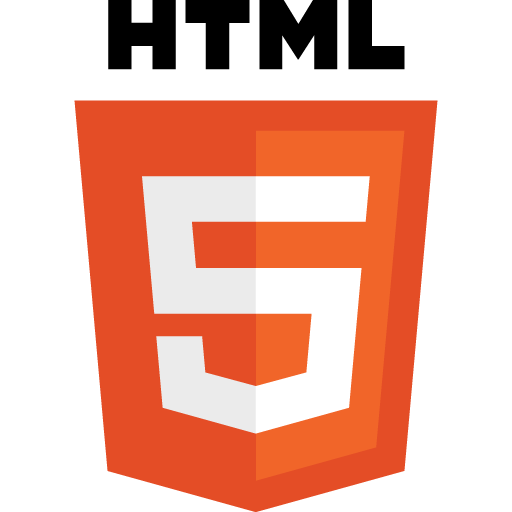
The Web with the Open Web Platform

-
Web pages are more attractive, interactive and intelligent
-
HTML5, SVG, or CSS provides cross-browser and cross-device interoperability
-
Video, audio, etc., are a first-class citizens
-
Data integration has been simplified
-
It has tools for social networking (privacy, security, identity)
Embrace Digital Publishing in China
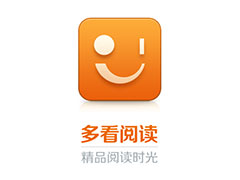
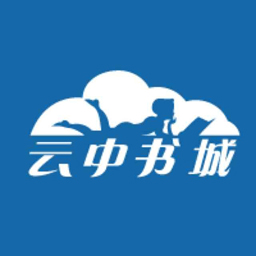
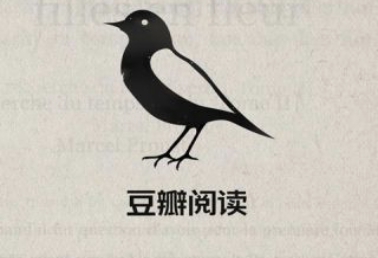
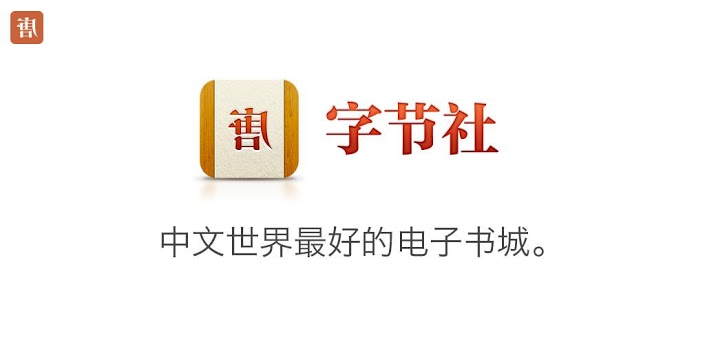
Our Reading Habits Are Changing
- 76.7%
- of the adults has the habit of reading in China
- 44.4%
- of the population read through the Web
- 41.9%
- read on mobile device
- 38.7%
- of the people would like to pay for the E-Books
- 52.8%
- of the people think they are not reading enough
- 86.5%
- of the parents read with their kids (0-8 years old)
Data came from a research of Chinese Academy of Press and Publication in 2013
New Trends in Digital Publishing
-
Integrate with the traditional publishers (i.e. online newspaper)
-
Easier Social Sharing
-
Advance digital publishing for education
-
Work on Web Payments to help a faster building of the ecosystem for eBooks
-
Convergence between digital documents and documents on the Web

W3C Open Web Platform Provides Technologies for:
-
Advanced and interactive elements: graphics,audio, video, Font management
-
Internationalization: Ruby, Bopomofo, vertical writing,…
-
Social Sharing: Interoperable annotations and bookmarks,…
-
WebApps: Packaging, Manifest, Off-line support
-
Education: MathML, Accessibility (e.g., speech/braille publications)

However…
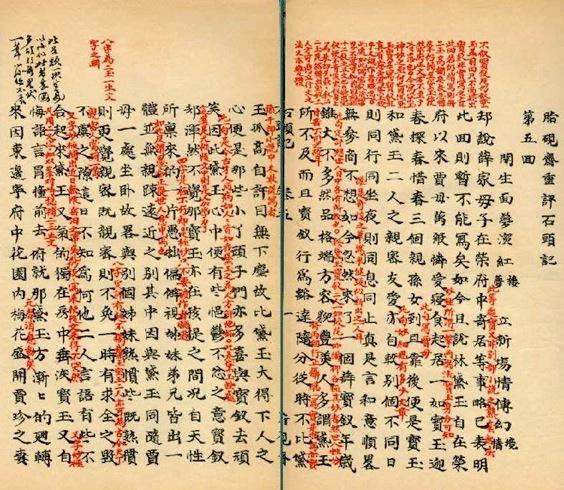
The OWP still lacks all that is needed to provide the highest quality digital reading experience, for example:
-
Reproduce the typesetting traditions of various languages and cultures
-
Ensure the right level of user control and interaction with the reading material (e.g., annotations)
-
Provide the level of structural information of the content that is needed for a reading experience (index terms, chapters and parts, sidelines, footnotes, etc.)
A major challenge…
W3C technologies are defined by its own members, i.e., mostly the “traditional” Web companies
The publishing industry should be part of the technology development, to ensure that its requirements are met!
It is important that major players join W3C!
-
Publishing ecosystem players are getting involved in the digital publishing work:
Adobe, Google, Apple, Hachette, Pearson, IBM, Benetech, Antenna House,…
-
But it is necessary to have a more complete representation, including from China:
Baidu, Tencent, Xiaomi, Douban, Founder, Tangcha …
-
W3C Beihang Host in China since 2013
- W3C Chinese Layout Requirement Project
W3C Workshop on Chinese Language Layout Requirements, September 11th 2014, Beijing
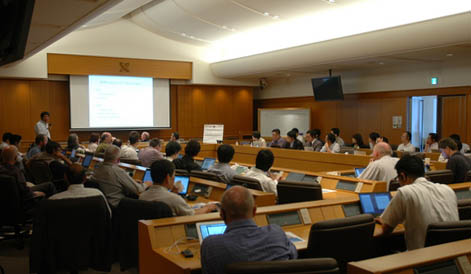
Thank you for your attention!
>Acknowledgments: The data of Chinese reading habits came from Chinese Academy of Press and Publication
Slides Supported by reveal.js